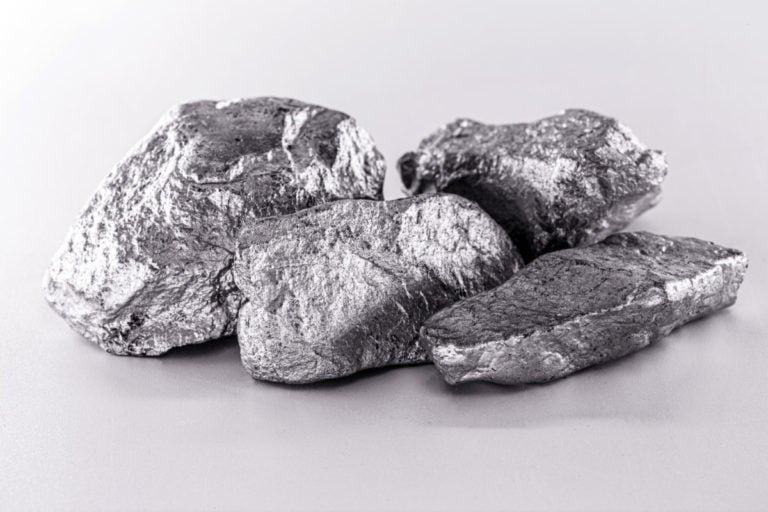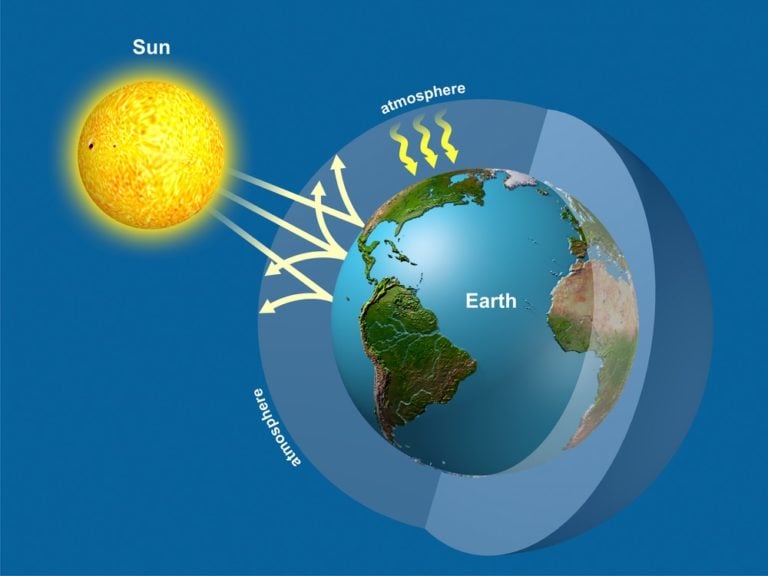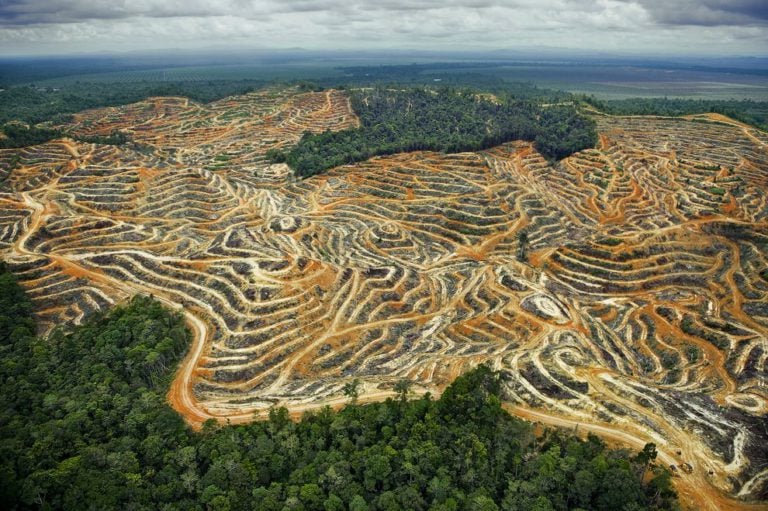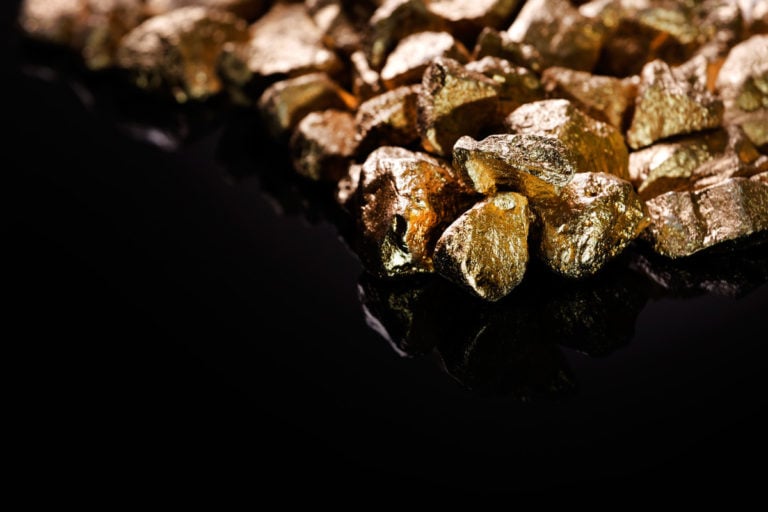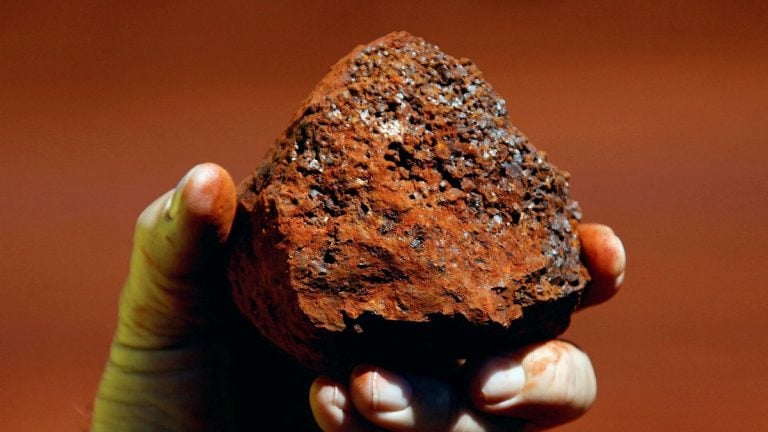Oil is a natural wealth that gives the state that produces black gold great opportunities.
The properties of oil of application have been studied enough, but the question of the origin of oil is still controversial. There are several main theories of the origin of oil that have been developed to explain its history.
What is oil?
Oil has a specific smell. The combustible substance is common in sedimentary rocks. This mineral is found at different depths – from a few meters to 6 km, but the maximum number of oil deposits is located at a depth of 1-3 km. Oil is formed over a long time: it is believed that this process takes from 50 to 350 million years. Oil that is located at shallow depths and naturally comes to the surface turns into semi-solid asphalt, bitumen and other formations.
This natural resource has been known since ancient times. Excavations show that around 6000 BC. oil was used as a binding material in construction, and in ancient Egypt it was used to embalm the dead.
Composition of oil
Oil is a complex mixture of organic compounds. It contains:
- carbon (within 84-87%);
- hydrogen;
- nitrogen;
- oxygen;
- sulfur.
In small quantities (less than 1%), oxygen, copper, chromium, molybdenum, iron, nickel, sodium chloride, calcium chloride are present in oil. Depending on how quantitatively different hydrocarbons are combined in the composition of oil, this combustible substance is transparent and fluid or viscous.
Application
Information about the use of this natural resource, as well as about the hypotheses of the origin of oil, is quite common. This substance is not used in its raw form: the extracted oil is processed and refined, after which various fuel mixtures are produced, as well as industrial products.

During oil refining, the following important products are obtained:
- fuel mixtures (gasoline, fuel oil, diesel fuel, kerosene);
- plastic, from which various items are subsequently made – dishes, household items, toys;
- synthetic rubbers. Subsequently, these materials are made. for example, tires for vehicles;
- artificial fibers for the manufacture of synthetic fabrics (these are acrylic, nylon, polyester).
Petroleum products are also used in cosmetics – nail polishes, lipsticks, eyeliners, and in the manufacture of medicines. On their basis, panels are made for converting solar energy – solar panels.
Methods of obtaining
The process of oil production begins with the exploration of deposits of this mineral. They are determined by geologists at first by external signs – the presence of traces of oil in groundwater, oil slicks coming to the surface. But, even if there are all signs of the presence of oil, detailed exploration does not necessarily reveal a basin with large reserves.
There are such main ways of developing oil fields:
- mechanical or pumping;
- shale (which is considered more dangerous due to the use of chemicals and expensive);
- fountain.
Mechanical method is the drilling of a well with pipes to the depth of the formation. After that, pumping equipment is installed and oil is pumped out using a compressor.

Gushing method of oil extraction is the most economical. It is based on the fact that the oil reservoir is under the influence of rock pressure, as a result of which the liquid independently rises to the surface. In this case, equipment is installed, which consists of pipes installed in the well, and fittings on the surface that control the force of the fountain.
Shale method of extracting black gold is the most expensive. There are two main ways to extract shale oil: obtaining shale oil on the surface (oil-bearing rock is fed upward, where it is processed in special units in which it is separated into oil fractions) and shale oil production at depth using hydraulic shocks and hydraulic fracturing. This method is used when oil-bearing rocks occur at great depths. For this, the technology of drilling horizontal wells is used, into which water is supplied under pressure. Under the influence of hydraulic shock, hydraulic fracturing occurs. From the many cracks obtained in the oil-bearing rock, the oil contained in it begins to stand out, which is supplied to the surface. This method of oil production, the use of hydraulic fracturing, carries a significant danger. The consequence of this technology is soil subsidence, seismic tremors, oil and methane getting into underground groundwater.
In Russia, as in the Arab countries, oil is extracted by mechanical and fountain methods. The first time a well was drilled to produce oil was in 1846. This took place in a village near Baku, which at that time was part of the Russian Empire.
Basic theories of the origin of oil
There are several main theories of the origin of oil. Each of them describes a brief content of the origin of oil.
Biogenic or organic theory
The organic theory of the origin of oil is the classic version of the origin of this natural resource, which is supported by many scientists. The essence of this theory lies in the fact that oil is formed as a result of the accumulation of plant and animal remains at the bottom of reservoirs with fresh or sea water. When this sediment collects, it compacts. As a result of natural biochemical processes, the sediment partially decomposes, with the release of hydrogen sulfide, carbon dioxide and other compounds.
When the decomposition process is completed, the sediment penetrates to a depth of 3-4.5 km. Here, hydrocarbons are separated from the organic mass at a temperature of 140-160 degrees. Subsequently, oil penetrates into underground voids and fills them. Thus, mineral deposits are formed.
Further, as you move down, the organic layer is exposed to increasingly higher temperatures. When the temperature exceeds 200 degrees, the release of hydrocarbons stops, but active gas release begins. The biogenic origin of oil is an idea that was first clearly described by M. Lomonosov.
Abiogenic or inorganic theory of origin
Proponents of the abiogenic theory of the origin of oil believe that the formation of liquid hydrocarbons is due to geological processes that occur in the bowels of the Earth, and has no connection with biological processes. According to this theory, ethane and heavier hydrocarbons present in oil can be synthesized from inorganic compounds present in the Earth’s upper mantle.

Scientists who adhere to the biogenic theory of the origin of oil believe that the reserves of this resource are non-renewable, so they will only last for the next 100 years. In contrast, proponents of the inorganic origin of oil are of the opinion that if the reservoirs are drilled deeper, such large reserves will open that the existing ones will seem like a drop in the ocean.
For the first time, such a version of the history of the origin of oil was proposed by the French chemist M. Berthelot in the second half of the 19th century. He conducted several experiments, during which he found out that hydrocarbons are indeed synthesized from inorganic substances.
A variation of the abiogenic hypothesis is the carbide theory of the origin of oil. It was proposed by D. Mendeleev and implied that this resource is formed at great depths under conditions of high temperature, due to the interaction of water with metal carbides.
Theory of cosmic origin of oil
There is also such a variant of the origin of oil in nature as space. Such a theory considers the process of oil formation as follows: the hydrocarbons of this substance were formed from scattered inorganic elements present in outer space and that got into the composition of the earth’s substance at the stage of the formation of the planet.
As the Earth cooled, these substances were absorbed by molten magma. Thus, hydrocarbons penetrated into sedimentary rocks in a gaseous state, after which they condensed and formed oil. Space theory of the origin of oil at the end of the 19th century by V. Sokolov.
Alternate Versions
In addition to the three main theories of the origin of oil, there are several more alternative versions. These include:
- Animal hypothesis. There is a theory that briefly describes the origin of oil as a process of accumulation of fat from marine animals. Proponents of this hypothesis subjected whale and seal blubber to dry distillation, exposing it to high pressure at that moment;
- “Organic in inorganic.” This theory is mixed and is based on the features of the earth’s plate tectonics. It implies the retraction of organic matter into deep inorganic zones;
- Magmatic theory of the origin of oil. According to this hypothesis, oil forms in magma in small quantities, and then rises along faults and cracks, filling porous sandstones;
- Climatic. This is one of the modern theories of the origin of oil. Its essence lies in the fact that the world reserves of this resource are formed under the influence of such a factor as the circulation of hydrocarbons and water on earth. Supporters of this hypothesis express the opinion that it takes not millions of years, but only a few decades to form oil deposits.
- From methane. Thomas Gold’s hypothesis about the origin of oil from deep-seated methane emanating from the Earth’s mantle is known, the foundations of which were published in 1979-1998. Gold admitted that this methane could be partially processed with the participation of microorganisms (deep hot biosphere), which, in his opinion, should explain the presence of biomarkers in oil.
According to the International Energy Agency, about 13% of oil deposits are located in the Arctic.



